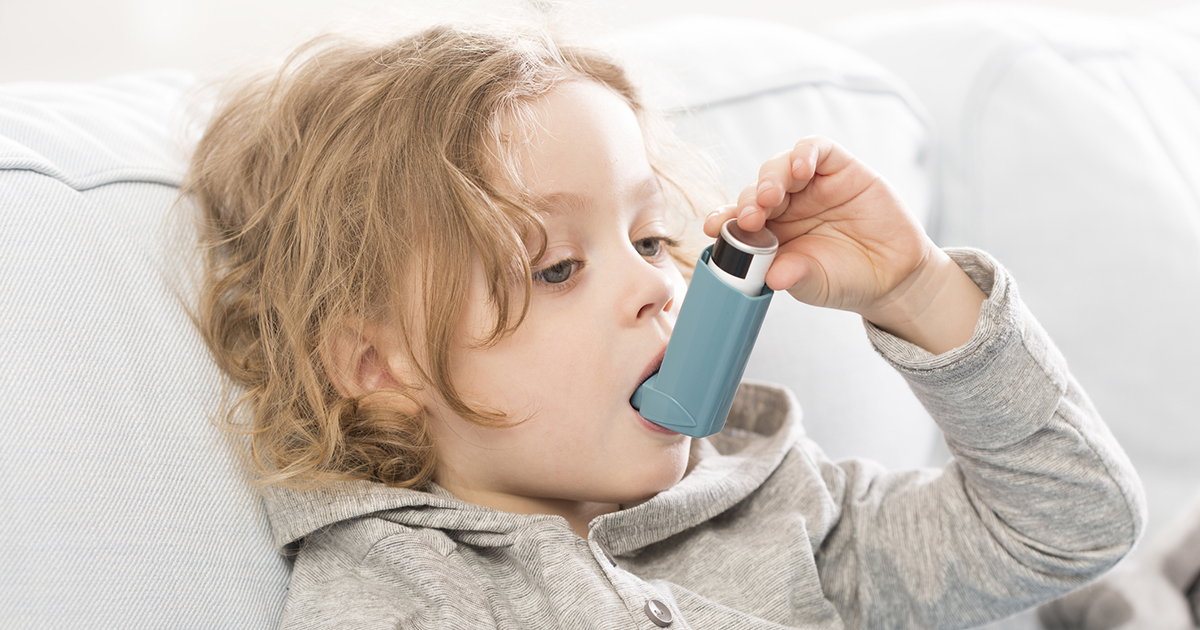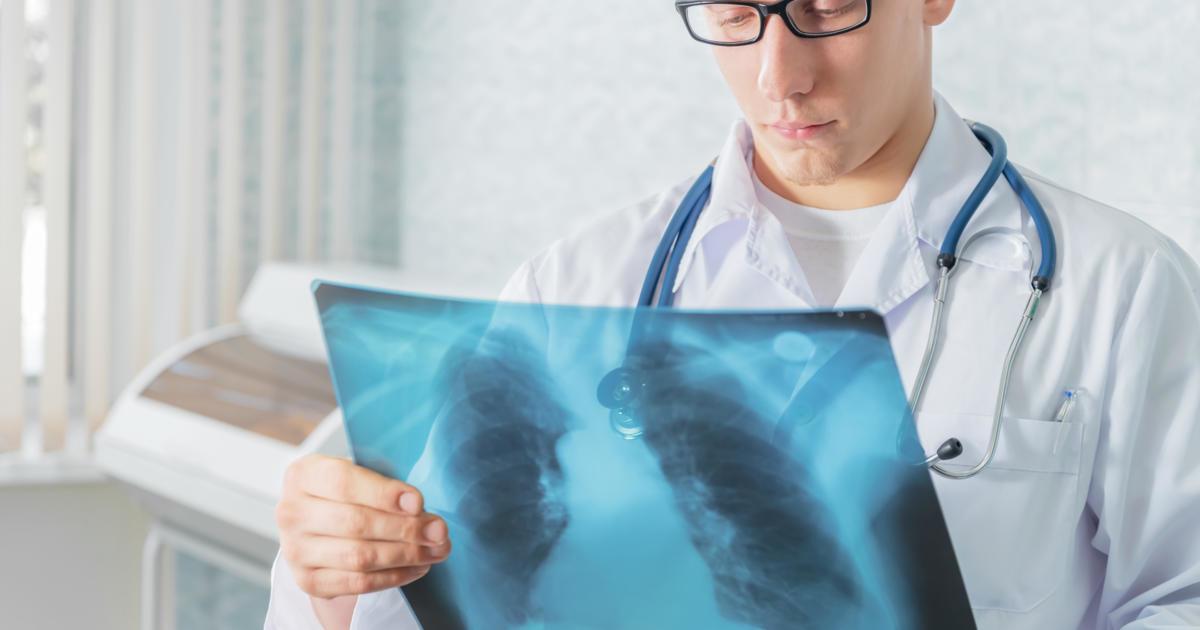What Are The Most Common Lung Diseases?
Lung disease describes any issue that occurs in the lungs that inhibits them from functioning as they should. The lungs are an element of an intricate mechanism that relaxes and expands thousands of times a day to perform the oxygen and carbon dioxide exchange. Oxygen is essential for the cells throughout the body to operate properly. Lung diseases are the result of issues that occur within this mechanism.
There are three different subclasses of lung diseases. Lung tissue diseases are those that alter or have adverse effects on the structure of the lung. Airway diseases have adverse effects on the tubes that carry oxygen in and carbon dioxide out of the lungs. Lung circulation diseases negatively affect blood vessels that run throughout the lungs. Some lung diseases may fall into more than one of these three subclasses.
Asthma

One of the most prevalent lung diseases that cause problems in airways is asthma, a condition where the airways inside of an individual's lungs become narrowed and swollen. Depending on the type of asthma an individual is affected by, extra mucus may also be produced by the lungs. The severity of asthma varies from one individual to the next. Symptoms of asthma include wheezing, coughing, difficulty breathing, and breathlessness. Asthma can be induced by an individual's allergies or physical activity. Certain irritants present in some workplaces can trigger symptoms in an individual affected by occupational asthma.
A physical examination, lung function tests, methacholine challenge, nitric oxide test, and diagnostic imaging tests may be used to diagnose an individual with asthma. Treatment includes daily long-acting medications to keep the airways open, avoidance of potential triggers, short-term medications to open the airways, and allergy medications.
Pneumonia

Pneumonia is a lung disease that affects the alveoli or air sacs in the lungs. Numerous germs can cause an individual to develop pneumonia, including bacteria, fungi, and viruses that come in contact with the lungs. Even small pieces of aspirated food can cause someone to develop pneumonia. The air sacs or alveoli in a patient with pneumonia tend to fill up with purulent material or pus. Symptoms include a cough that produces phlegm or pus, difficulty breathing, chills, chest pain when breathing and coughing, confusion, fatigue, nausea, vomiting, shortness of breath, and fever.
A patient's pneumonia is diagnosed with the use of blood tests, pulse oximetry, sputum test, chest x-ray, CT scan, and pleural fluid culture. An individual affected by pneumonia may be treated with antibiotics if their infection has been caused by bacteria. Medications used to dislodge sputum and suppress a patient's cough may be part of their pneumonia treatment. Pain relievers and fever-reducing medications are used to ease pain and discomfort associated with a fever and pneumonia.
